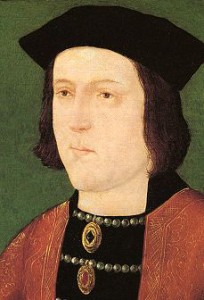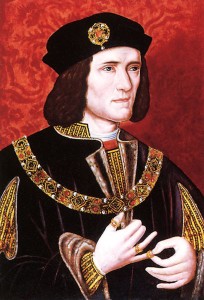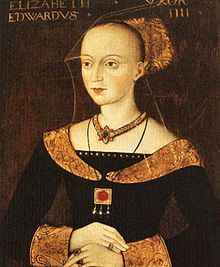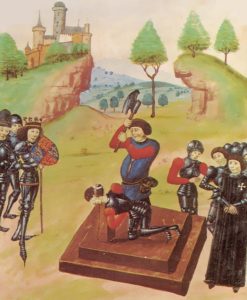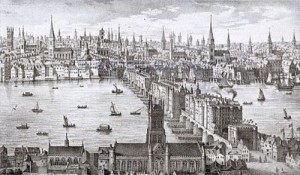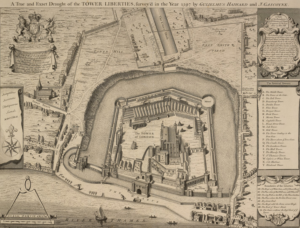Historical Background
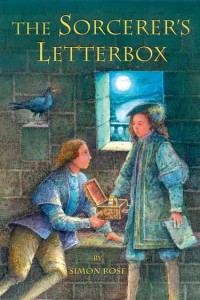 You can view my video on YouTube, in which I talk about the historical background and the story behind the story of The Sorcerer’s Letterbox. there are also a number of links on Pinterest regarding the history behind the story.
You can view my video on YouTube, in which I talk about the historical background and the story behind the story of The Sorcerer’s Letterbox. there are also a number of links on Pinterest regarding the history behind the story.
Kings at the end of the Middle Ages were Henry VI, Edward IV, Edward V, Richard III and Henry VII and there are good biographical details on all British monarchs here.
The Wars of the Roses, a civil war in late fifteenth century England, are covered in detail here. Bosworth Field effectively ended the Wars of the Roses. Henry Tudor defeated Richard III, taking the throne as Henry VII and you can learn more about the battle here and here. The legends about the fate of Richard III’s body after the battle are covered here
The Princes in the Tower remain one of history’s greatest mysteries. While Richard III remains the most likely culprit in their disappearance, there are other suspects, detailed here and here. After the death of Richard III, there were always rumours that the princes had survived or escaped and imposters surfaced. The most famous were Lambert Simnel and Perkin Warbeck, who both appeared in the reign of Henry VII. This site is a great source of information on the Tower of London.
This map is from the Elzabethan era, from 1558 to 1603, a little later than the time of The Sorcerer’s Letterbox, but does show the location of London Bridge in relation to the Tower. Here’s a map of medieval London and medieval England and Wales are depicted on this map.
Here you can learn about medieval London. While this site features the Tudor city of London, around 100 years later than the era of Richard III and the Princes in the Tower, it’s still a good source for what contemporary life would have been like. You can also learn all about the history of the English language, which will give you a good idea of just how different English would have been in 1483 compared to the manner in which the language is spoken today.


